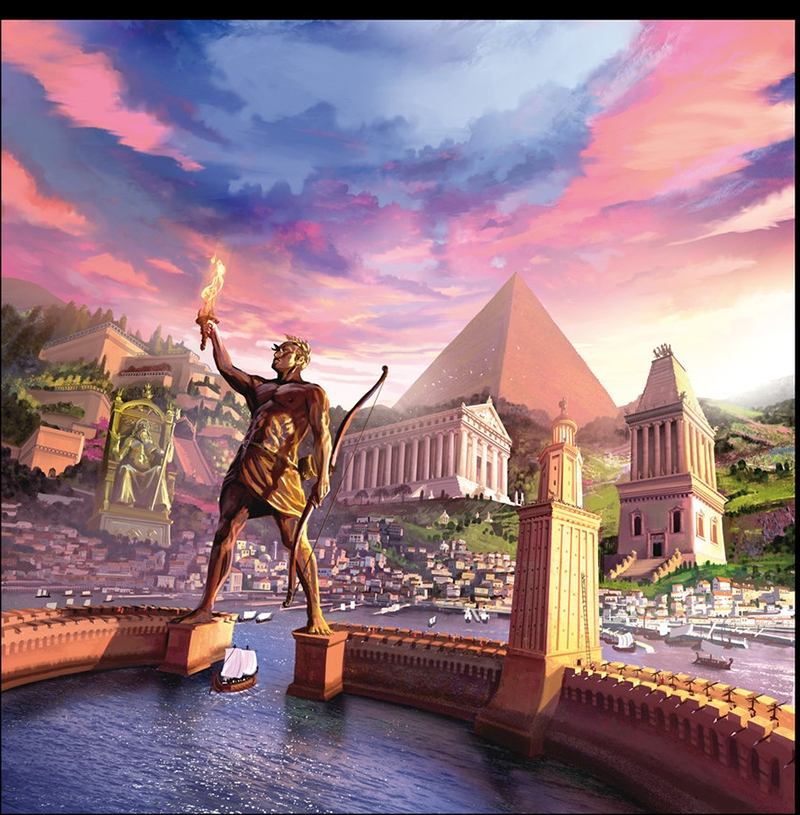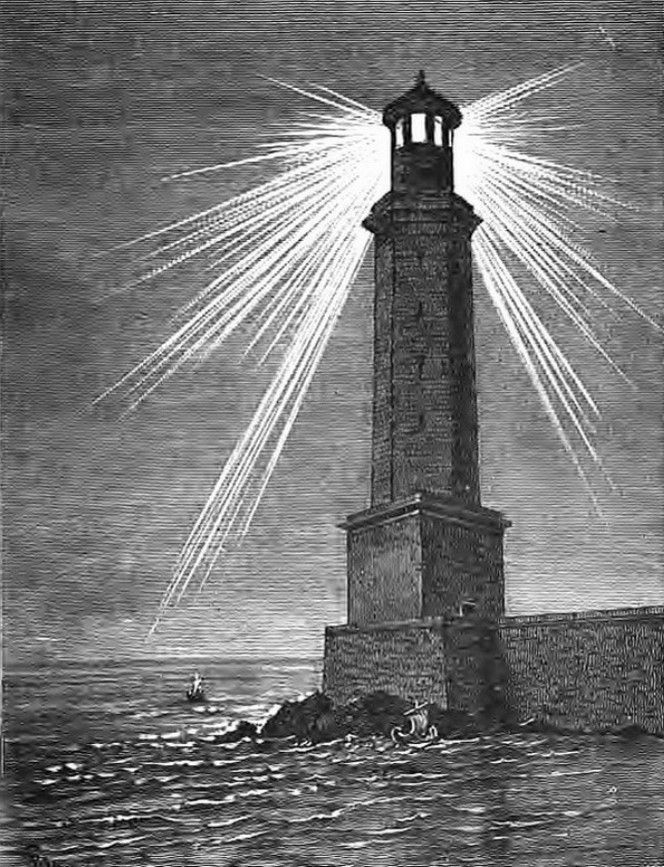Top 7 most beautiful wonders of the ancient world #2
This list of world wonders was created by the Greek writer Antipater of Sidon in the 2nd century BC, based on the vision of the Greeks at that time, including only works around the Mediterranean that they considered great. modern and demonstrates human civilization. Let's visit with Toplist and explore the most beautiful wonders of the ancient world below.
5 .Mausoleum at Halicarnassus
King Mausolus' mausoleum was built by Queen Artemisia II for her husband, who ruled the country of Caria in Asia Minor, from 353 BC to 351 BC, to honor the value of the ruling powers under the papacy. Jangvonhai. The mausoleum was built in the city of Halicarnassus, the capital of Caria, thanks to 1,200 workers who worked hard for 17 years. In 1494, the Knights of St. John, a group of knights in the Crusades, used the marble blocks from the tomb's foundation to build a castle in 1522. Most of the stones here were cut into Little pieces to build a castle.
The mausoleum is built perpendicularly, the East and West sides are slightly longer than the North and South sides. The mausoleum is located on a circular platform measuring 38x32 m, above the circular platform is a series of Lonic columns surrounding all four sides, a pyramid of 24 steps is located at the top of the entire building. White limestone and white marble cover the facade, while the core is made of green volcanic rock. A system of drainage pipes and underground corridors helps keep the building dry and stable. Surrounding the mausoleum is a wall covering an area of 2.5 hectares, with an entrance gate in the east. At the top of the stepped pyramid is a giant four-horse-drawn carriage.
Two pillars run continuously around the sides of the tomb, one depicting the battle between the Lapiths and Centaurs, the other depicting the battle between the Greeks and the Amazons, while the human and lion figures have no supports, life-sized or larger, placed on blue limestone pedestals. The tomb was honored as the most perfect tomb in the ancient world. The mausoleum is named after the prince of the ancient Persian empire, who rested here with his wife and sister.
This project was built under the hands of two famous Greek architects, Pythius and Satyrus. The mausoleum was meticulously built like a perfect work of art inside and out, so after completion it quickly became famous and the word "Mausoleum" derived from the name of this mausoleum is also used as an English word. He pointed to the graves and mausoleums. In particular, the original meaning of this word translated into Vietnamese means "In honor of Mausol", this naming method seems to express the love, remembrance, and solemn honor of the wife for her respectful husband. my departed love.
6 .Statue of the Sun God in Rhodes
The Colossus of Rhodes is a great statue of the Sun god on the island of Rhodes (Greece), erected by Chares of Lindos (a Greek sculptor) between 292 BC and 280 BC. It is about the same size as the Statue of Liberty in New York, although placed on a lower pedestal. A wonder of the ancient world, the Colossus of Rhodes is a giant statue of a man built around 280 BC on the Greek island of Rhodes. Many things about this monument remain shrouded in mystery because it was destroyed in an earthquake in 226 BC.
However, ancient documents claim that the statue was built to honor the sun god Helios and to commemorate the successful defense of the people of Rhodes against a siege by the Macedonian leader Demetrius Poliorcetes in 305 BC. Legend has it that the people of Rhodes sold the furniture and equipment left behind by Macedonian soldiers to have money to build this statue.
Designed by Greek sculptor Chares of Lindos, the statue is said to be 33.5 meters tall and stands on a 15.2 meter high base. By comparison, the Great Pyramid of Giza, the only surviving wonder of the ancient world, was originally about 146.6 meters high when it was completed. Another ancient world wonder, the Statue of Zeus at Olympia, was built in the mid-5th century BC, about 12.2 meters high.
The process of casting the Sun God statue took place around the 5th century BC. When the Persians invaded the island of Rhodes, all the island's residents withdrew to defend Limgos citadel located at the eastern tip of the island. They finally repelled the Persian attack. After defeating the Persian invaders, people took all the weapons the enemy left behind and burned them into iron. Sculptor Litas cast a bronze statue of the Sun god Apollon and placed it in the mighty harbor of the sea.
7 .lighthouse of Alexandria
The lighthouse was built under King Ptolemy I, completed around 201 BC under King Ptolemy II, and completely collapsed in 1303 in a very large earthquake. Alexandria Lighthouse was built right at the entrance to Alexandria port, consisting of 3 floors, about 135 m high. The bottom step is square, containing many rooms for the permanent lighthouse guard, livestock and food
The entrance is via a steep path starting from the base surrounding the tower. Inside the lower square step is a wall that supports the upper parts of the lighthouse, which is reached by a spiral ramp inside. The middle step is octagonal, above this step is a circular part with a statue of Zeus. The Alexandria lighthouse was built by King Ptolemy Soter in 290 BC, designed by architect Sotratus and built at the location of an ancient village of Rhakotis according to Alexander the Great's wish to immortalize his name. Completed during the reign of King Ptolemy Philadelphus and soon, Alexandria became the cultural, political, economic and intellectual center of Egypt.
Among ancient wonders, the Alexandria lighthouse not only has artistic value but also has useful use value. For sailors, this lighthouse symbolizes peace when they go to sea. For architects, it also had many important meanings, the most important being that at that time it was the tallest house on the planet. Regarding science, it is the lighthouse's mysterious mirror that always attracts the thoughts of those who like to learn, because the reflection of this mirror radiates very far away, over 50km offshore it can still be seen. lights. That's why it is known as the sparkling pearl of the Mediterranean!
Many architectural works were built thousands of years ago BC but still exist today, holding important historical meanings for humanity. If you have the opportunity to travel to these lands, remember to visit the above wonders.



































